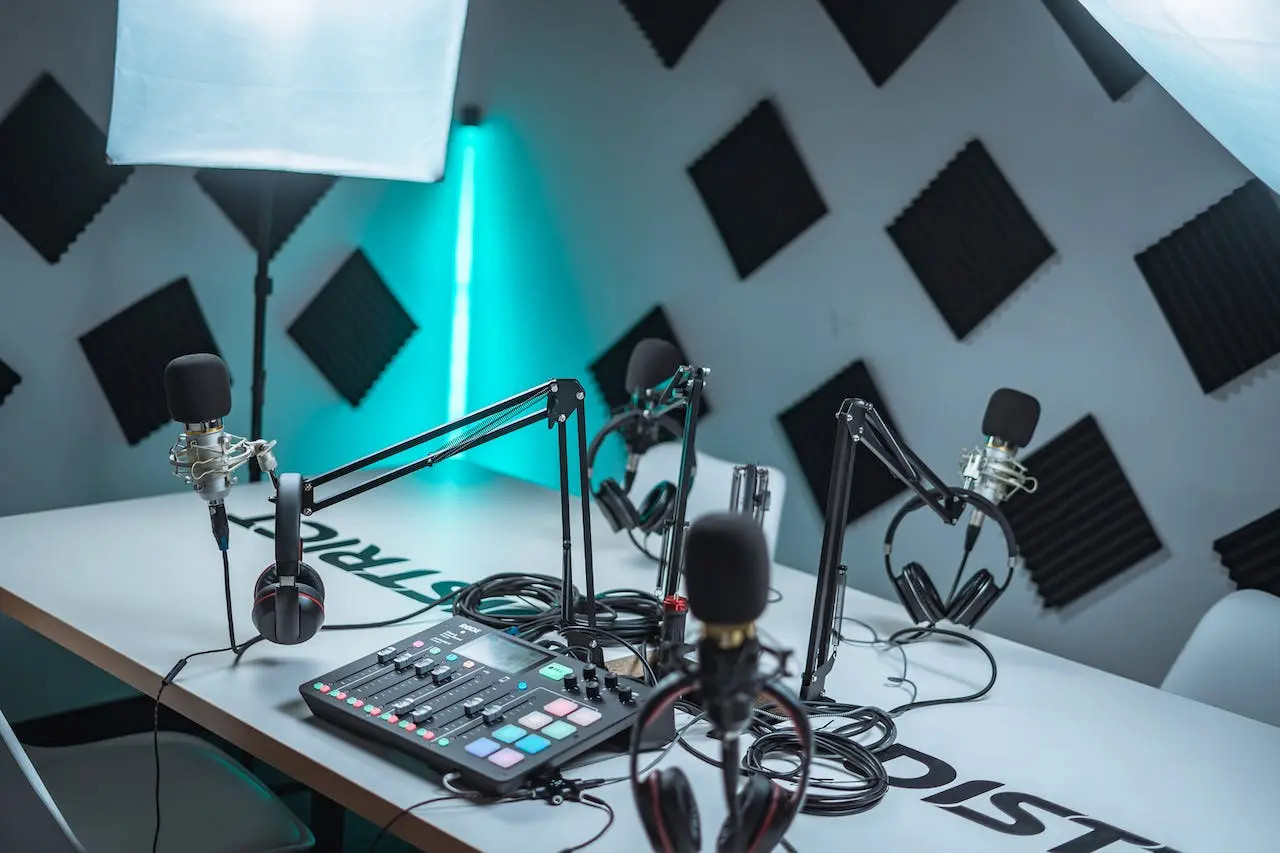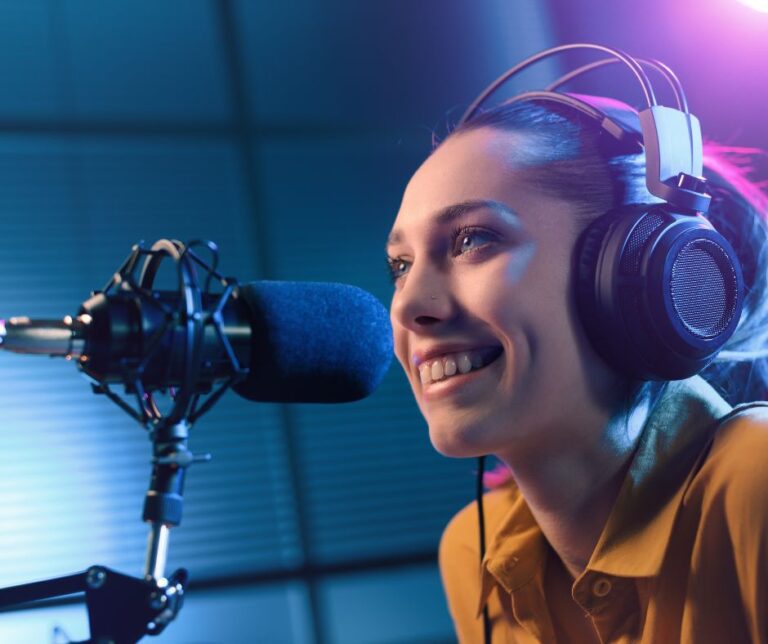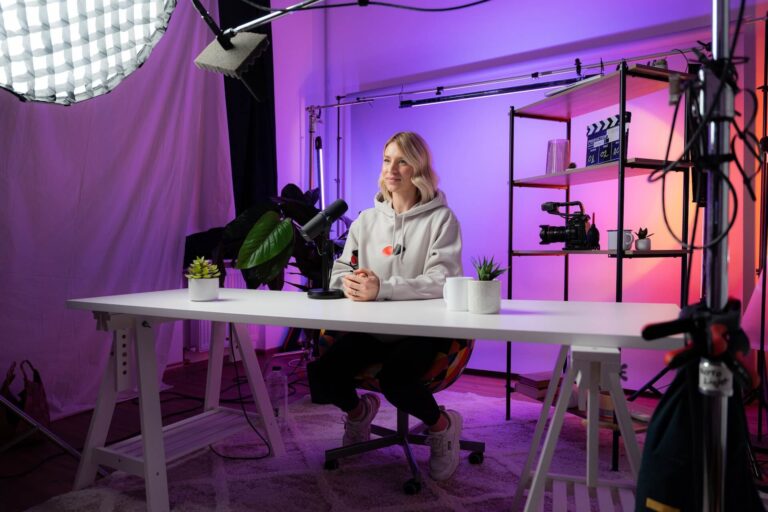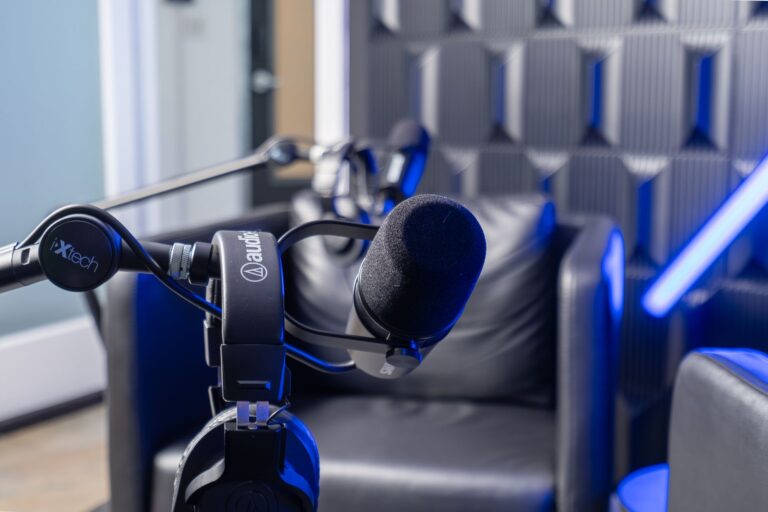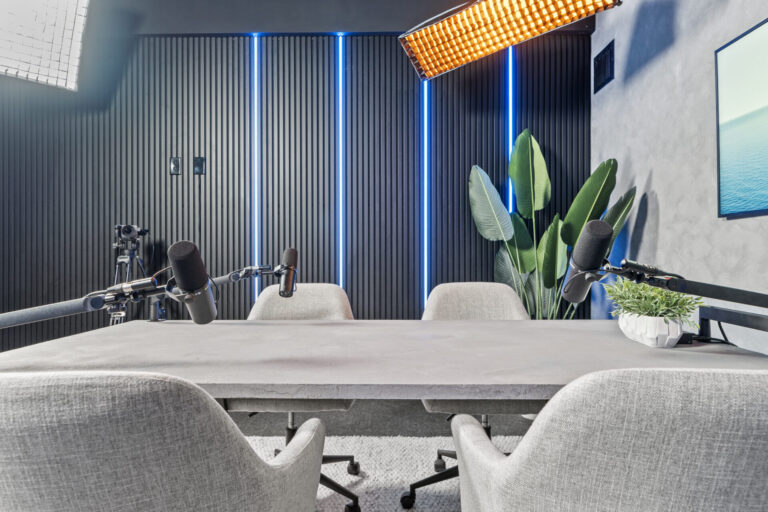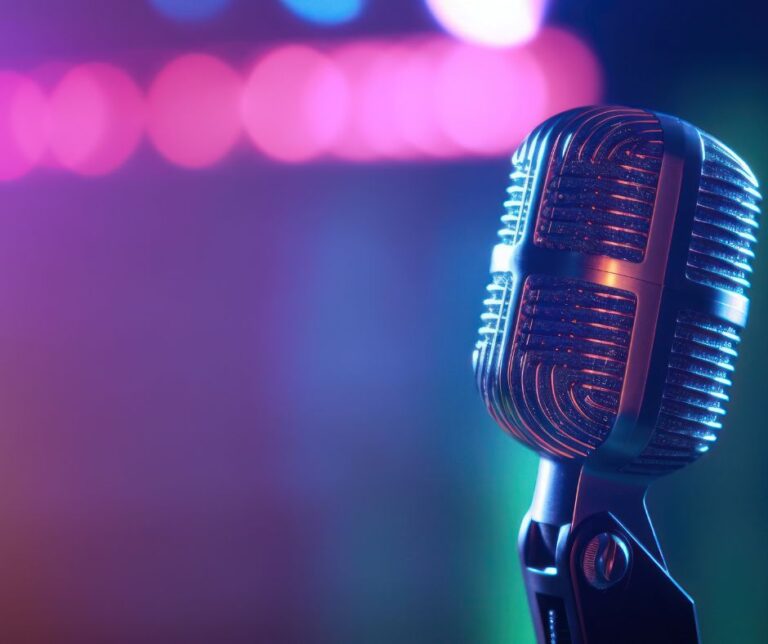Entering The World of Podcasting: A Guide to Essential Equipment
Podcasting has totally taken off in the modern era! It’s become such a popular form of media, allowing us to listen to what we want, when we want.
It’s changed the way we consume information and entertainment, you know? Whether you’re a listener or a creator, podcasting gives us this awesome platform to share our ideas, stories, and expertise.
And here’s the thing about podcasting – having good equipment is key. Like, the right microphone, headphones, and recording software can really make a difference in how your podcast sounds. It’s all about that clear audio, minimizing background noise, and giving your audience the best listening experience possible.
You have to invest in quality equipment because it’s an investment in the success and professionalism of your podcast!
In this article, you’ll learn all about the equipment needed to start a podcast, including how to make it so that a lot of people love it. Read on!
Recording Essentials
Microphones
Dynamic Microphones
Dynamic microphones are rugged and versatile, making them suitable for various applications such as live performances and recording vocals or instruments.
They can handle high sound pressure levels and are less sensitive to noise and feedback.
Condenser Microphones
Condenser microphones are known for their sensitivity and accuracy in capturing sound. They are commonly used in studio recordings, podcasts, and broadcasting.
They require phantom power and are more sensitive to sound nuances, making them ideal for capturing detailed audio.
Pop Filters
Pop filters are essential accessories for recording vocals. They help reduce plosive sounds (such as “p” and “b” sounds) that can cause distortion in recordings.
At the same time, pop filters effectively minimize unwanted noise and ensure clean and clear vocal recordings.
Shock Mounts
Shock mounts are used to isolate microphones from vibrations and handling noise. They are designed to absorb shocks and vibrations, providing a stable and quiet recording environment.
In addition, shock mounts are commonly used in studio settings to ensure high-quality recordings free from unwanted noise disruptions.
Mixing and Editing Tools
When it comes to mixing and editing, you’ll need a few essential tools:
Digital Audio Workstation (DAW)
This software application is your go-to for recording, editing, and producing audio files. It’s packed with features and tools to help you manipulate and enhance sound.
Audio Interface
Think of this nifty hardware device as the bridge between your external audio sources (like microphones and instruments) and your computer. It converts analog audio signals into digital data, ensuring high-quality recording and playback.
Headphones
Ah, the trusty companions for accurate monitoring and critical listening during the mixing and editing process. There are two types commonly used:
Closed-Back Headphones
These headphones have ear cups that fully enclose your ears, keeping external noise at bay. Perfect for recording and mixing in noisy environments.
Open-Back Headphones
These headphones have ear cups with perforations or vents, allowing sound to pass through. They offer a more natural and spacious sound, making them ideal for mixing and mastering tasks in quiet environments.
So, with these tools in your arsenal, you’ll be ready to dive into the world of mixing and editing like a pro!
Acoustic Treatment
Soundproofing is a technique that helps minimize the transmission of sound from one area to another.
Basically, it’s all about reducing noise and making a space more peaceful. You can do this by adding materials or using design features that absorb sound vibrations and block external noise from getting in.
Now, let’s talk about acoustic panels. These nifty panels are specially designed to absorb sound.
They’re like superheroes for improving the acoustics of a room! With acoustic panels, you can say goodbye to annoying echoes, reverberations, and those annoying sound reflections. They’re commonly used in recording studios, home theaters, offices, and any place where sound quality really matters.
And ever heard of bass traps? These bad boys are all about absorbing those low-frequency sound waves, especially the ones in the bass range.
They’re like magic for reducing excessive bass buildup and making your room sound just right. You’ll usually find bass traps chilling in corners or along walls where those low-frequency sounds like to hang out.
So, there you have it! Soundproofing, acoustic panels, and bass traps – all the cool stuff you need to create the perfect sound environment.
Hosting and Publishing Platforms
When you’re choosing a podcast hosting service, there are a few things you should consider. First off, think about how much storage space you’ll need, what the pricing is like, and how easy it is to use.
It’s also important to find a platform that has good customer support and gives you analytics so you can track your podcast’s performance.
One of the key things to look for in a hosting service is automatic RSS feed generation. This is what allows your subscribers to get updates whenever you release a new episode.
An RSS feed has all the important info about your podcast, like the title, description, and episode details. And of course, it tells people where to find the audio files.
Once you’ve got your hosting service set up and your RSS feed generated, it’s time to submit your podcast to some directories.
You’ve probably heard of Apple Podcasts, Spotify, and Google Podcasts – they’re the big ones. Getting listed on these directories makes it way easier for people to find and subscribe to your show.
Just make sure to follow each directory’s submission guidelines so your podcast gets listed correctly and reaches as many people as possible.
Remote Podcasting Setup
When it comes to remote podcasting, having the right tools is crucial. Here are some popular options to consider:
Recording Tools
Video conferencing platforms like Zoom, Skype, and Google Meet offer features for recording audio and video remotely. They allow you to have real-time conversations with your guests and record the interviews.
Dedicated remote recording software such as Zencastr, SquadCast, and Riverside.fm provide high-quality audio recording, separate audio tracks for each participant, and built-in backup options.
Ensuring the Best Quality
Make sure both you and your guest have a solid internet connection to avoid audio dropouts or interruptions during the interview. Wired connections are generally more reliable than Wi-Fi.
At the same time, encourage your guests to use headphones during the interview to minimize background noise and echo, resulting in clear and crisp audio.
If possible, ask your guests to use a quality external microphone instead of relying on their computer’s built-in microphone. This can significantly improve the audio quality of the interview.
Getting Past Technical Issues
While remote podcasting may present some technical challenges, here are a few ways to overcome them:
- Before the actual interview, do a test run to ensure everything is working properly. Check audio levels, internet connection, and any specific settings for your chosen recording method.
- Share clear instructions with your guests on how to set up their audio and video equipment. Include information on recommended software, microphone position, and any other relevant setup steps.
- Have a backup plan in case of internet outages or equipment failure. Consider recording audio locally as a backup option or rescheduling the interview if necessary.
Remember, remote podcasting offers flexibility and convenience, but it’s important to have the right tools and techniques to ensure a smooth and professional recording experience.
Summary
In conclusion, embarking on your podcasting journey necessitates equipping yourself with essential tools.
These include a quality microphone to ensure clear voice recordings, a set of reliable headphones for monitoring audio, and a sound mixer for managing audio signals.
Also, consider investing in a pop filter to eliminate unwanted noise, and an audio interface to connect your microphone to your computer.
The key takeaway for aspiring podcasters is to understand that while good equipment contributes to quality production, content remains king.
Focus on creating engaging, valuable content that resonates with your audience. Don’t be afraid to experiment with different formats or topics, as this can help you find your unique voice in the world of podcasting.
Lastly, remember that every great podcast started from scratch. It may seem daunting at first, but with the right tools and a passion for your subject, you are more than capable of creating a podcast that people will love. So go ahead, start your podcasting journey today!

